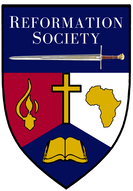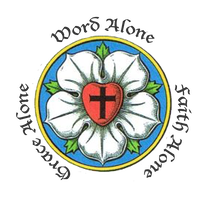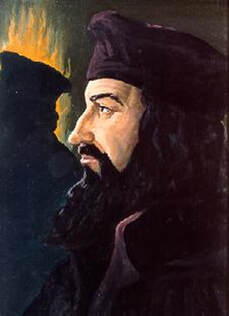
To view the screen capture video of this presentation, click here
To view a video of this presentation, click here To listen to the audio of the presentation, click here The Reformation movement launched by Wycliffe and his Lollards in England was intensely opposed and fiercely persecuted by the Roman church. The Reformation movement was largely driven underground in the British Isles. But Wycliffe’s teachings spread to Bohemia where they resulted in a dynamic revival. The two nations of England and Bohemia were linked in 1383 by the marriage of Anne of Bohemia to King Richard II of England. Prague students went to Oxford and English students went to Prague. Preparation for Reformation Scripture translations from the persecuted Waldensian refugees had begun entering Bohemia in the 13th Century. When Anne of Bohemia married King Richard II she sent copies of Wycliffe’s writings back to her homeland. Queen Anne’s love for the Bible was shared by many of her countrymen. Soon, Conrad Stickna was preaching the Gospel in the open air to large crowds. Matthew of Janov travelled throughout Bohemia preaching against the abuses of the church. His followers were imprisoned and burned at the stake. John Milic, Archdeacon of the cathedral in Prague, preached fearlessly against the abuses of the church and wrote “Anti-Christ Has Come” over a cardinal’s doorway. He was imprisoned. 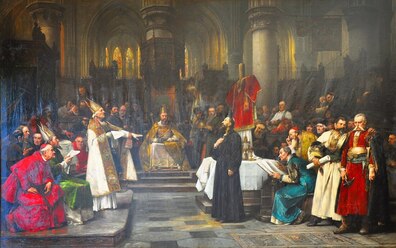
Courageous Czech Confronts Corruption
Born in the village of Husinec, Jan Hus studied for the priesthood and received a Master’s degree in 1396. In 1402 he was appointed preacher in Bethlehem Chapel. Jan Hus, when appointed Rector of Prague University at age 34, also began to preach Reformation principles (in the common language) in the Chapel of Bethlehem in Prague. Hus translated Wycliffe’s works into German, exposed the superstitions, fraudulent “miracles” and the sale of indulgences. In 1405, Hus denounced the alleged appearances of “Christ’s blood” on communion wafers as an elaborate hoax. He condemned the sins of the clergy as “fornicators”, “parasites”, “money misers”, “fat swine”, “drunks” and “gluttons.” He condemned the practice of simony (buying spiritual offices) and the taking of multiple paid positions without faithfully serving any. He described churches that sold indulgences as “brothels.” Hus adopted Wycliffe’s view of the Church as an elect community with Christ – not the pope – as its true Head. Hus' fiery sermons in the Bohemian language received widespread enthusiastic support. Hus believed pastors should be examples of God-fearing integrity. He preached vivid, accessible sermons, which captured the people’s imaginations. Hus was described by his supporters as “a passionate Reformer”. On the walls of the Chapel of Bethlehem were paintings contrasting the behaviour of the popes and Christ. The pope rode a horse; Christ walked bare-foot. Jesus washed the disciples’ feet; the pope preferred having his feet kissed. Hus insisted that no human institution – including the church - can be ultimate in authority. Only God has ultimate authority. In 1410 the Archbishop obtained from the pope a ban on teaching in chapels, including specifically the Bethlehem Chapel. This ban Hus refused to obey. In that same year the Archbishop burned over 200 volumes of Wycliffe’s works. Hus responded: “Fire does not consume truth. It is always the mark of a little mind that it vents its anger on inanimate objects.” Hus defended Wycliffe’s orthodoxy. Hus was summoned to Rome, but wisely refused to go. 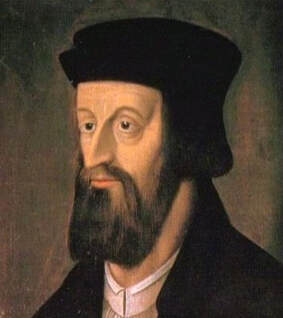
The papacy Strikes Back
Archbishop Zbynek excommunicated Hus. (Hus was actually excommunicated 5 times) Hus was described as “radical” and “dangerous.” Hus then openly attacked the pope’s sale of indulgences in support of his war against Naples. The pope thereupon placed the City of Prague under a papal interdict. This meant that the entire city was placed under an ecclesiastical ban (all churches were closed, no masses were allowed, no confessions received, no marriages or burials permitted). Until this time Hus had been protected by the king, university and nobility from the wrath of the pope. But with the entire city in turmoil, the Reformer chose to go into exile. During this time Hus wrote: “On the Church.” He preached in the villages and countryside. 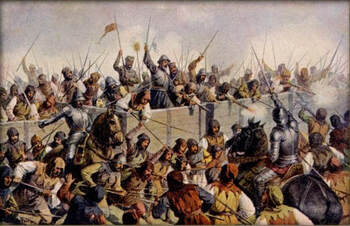
Treachery at Constance
Hus lived during The Great Schism when Europe was divided between two and then three rival popes who bitterly anathematized one another. A General Church Council was called at Constance in 1415 to heal ‘The Great Schism’ (that had ranged from 1378). It was this Council of Constance, which aimed to bring the Schism to an end that summoned Hus. The Emperor Sigismund guaranteed Hus safe conduct in both directions, whatever the outcome of the case against him might be. However, upon arriving, Hus was imprisoned on orders of pope John XXII. Despite the Imperial guarantee of safe conduct, Hus was taken through a mockery of a trial in which he was allowed no defence. Hus had hoped to present his views to the assembled authorities, but instead he found himself a victim of a cruel Inquisition, which condemned him for heresies, which he had neither believed nor taught (including that he had claimed to be the fourth member of the Trinity!) Hus prayed aloud that Christ might forgive his judges and accusers. 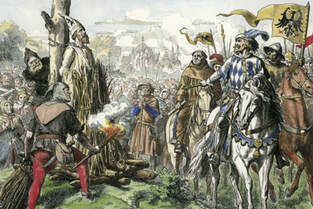
Steadfast to the End
Under pressure to recant Hus declared: “I would not, for a chapel full of gold, recede from the truth…the truth stands and is mighty forever.” Hus stated that he would prefer to be burned in public than to be silenced in private “in order that all Christendom might know what I said in the end.” On 6 July 1415 Hus was condemned to death and taken to the outskirts of the city of Constance to be burned. Hus prayed: “O most holy Christ…strengthen my spirit…give me a fearless heart, a right faith, a firm hope, a perfect love, and that for Thy sake I may lay down my life with patience and joy.” On arriving at the execution ground, Hus knelt and prayed: “God is my witness that the evidence against me is false. I have never thought nor preached except with the one intention of winning men, if possible, from their sins. In the truth of the Gospel I have written, taught and preached; today I will gladly die.” Hus died singing “Jesus, Son of the Living God, have mercy on me.” He was 43 years old. 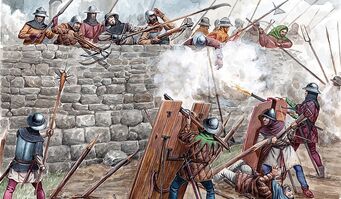
Resistance to Rome Spreads
After Hus' martyrdom his followers organised military resistance to the Holy Roman Empire. Remarkably, these vastly outnumbered Hussites repelled six crusades against them. These Hussites fought under Hus' motto: “Truth conquers.” They proved that you could take on the Holy Roman Empire – and survive! A Spiritual Heritage His followers, The Unity of the Brotherhood, survived as an independent church, co-operating with the Waldensians and later with the Lutherans and the Calvinists. The Hussites became known as the Moravians. Under Count Nicholas Van Zinzendorf the Moravians started a prayer chain that lasted 150 years! During that extended prayer meeting, 2,400 Moravian missionaries were sent throughout the world. Moravians were instrumental in the conversion of John Wesley. 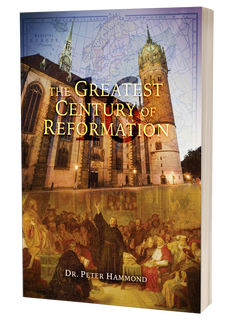
The Goose and the Swan
One interesting anecdote is that Hus is accredited with making a prophecy at his death. “My goose is cooked!” he said. (Hus is the Bohemian word for goose!) “But a hundred years from now a swan will arise whose voice you will not be able to silence.” Many saw Martin Luther as that voice, hence the prevalence of swans in Lutheran art and architecture. Dr. Peter Hammond Reformation Society P.O. Box 74 Newlands 7725 Cape Town South Africa Tel: 021-689-4480 Fax: 086-494-8070 Email: [email protected] www.ReformationSA.org www.hmsschoolofchristianjournalism.org
0 Comments
Leave a Reply. |
History ArticlesCategories
All
Archives
May 2023
|
- Home
-
History Articles
- History Articles
- All Categories
- Character Studies
- Greatest Century of Missions
- Greatest Century of Reformation
- Reformation In Bohemia
- Reformation In England
- Reformation In France
- Reformation In Geneva
- Reformation In Germany
- Reformation In Italy
- Reformation In Scotland
- Reformation in Switzerland
- Victorious Christians
- Contemporary Articles
- Resources
- Contact
- Donate
|
The Reformation Society
PO Box 74, Newlands, 7725, South Africa Tel : (021) 689-4480 Email: [email protected] Copyright © 2022 ReformationSA.org. All rights reserved |
- Home
-
History Articles
- History Articles
- All Categories
- Character Studies
- Greatest Century of Missions
- Greatest Century of Reformation
- Reformation In Bohemia
- Reformation In England
- Reformation In France
- Reformation In Geneva
- Reformation In Germany
- Reformation In Italy
- Reformation In Scotland
- Reformation in Switzerland
- Victorious Christians
- Contemporary Articles
- Resources
- Contact
- Donate
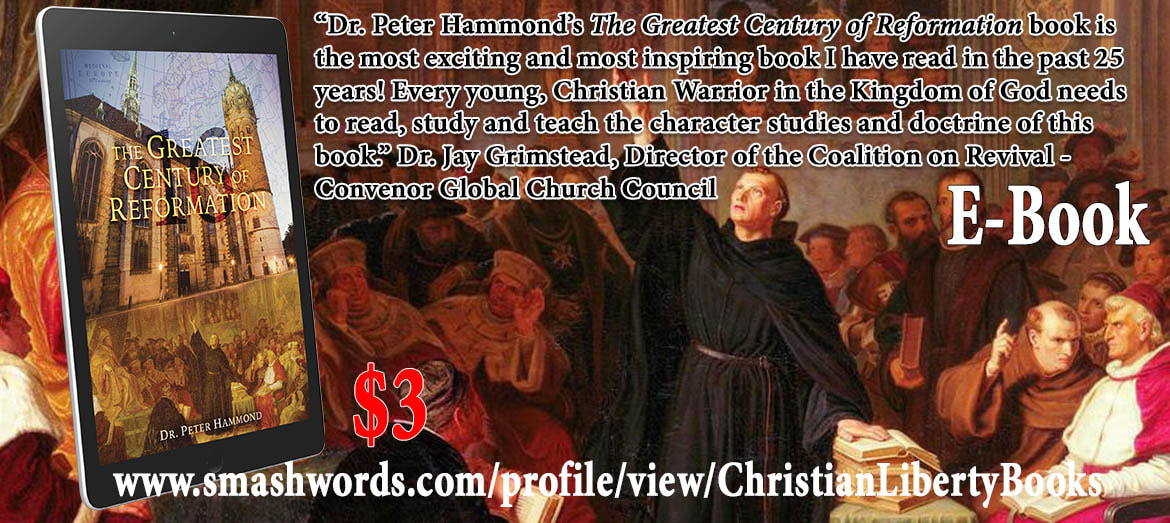
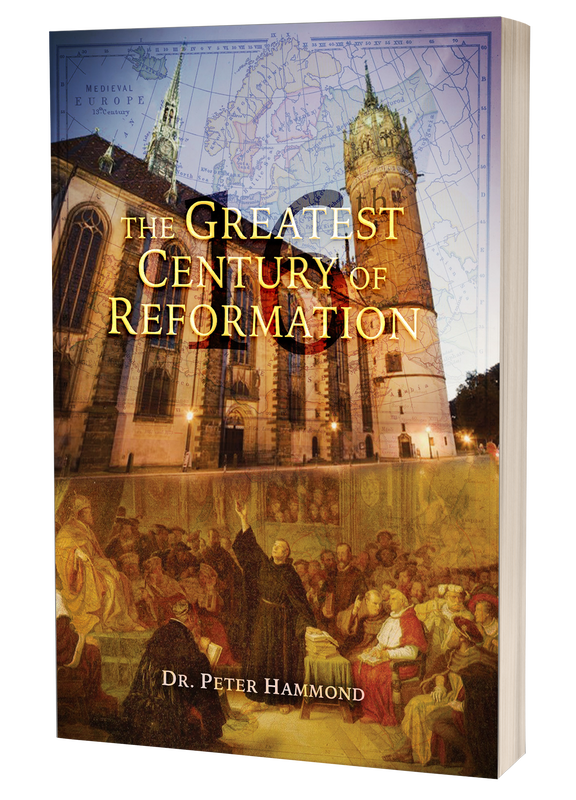
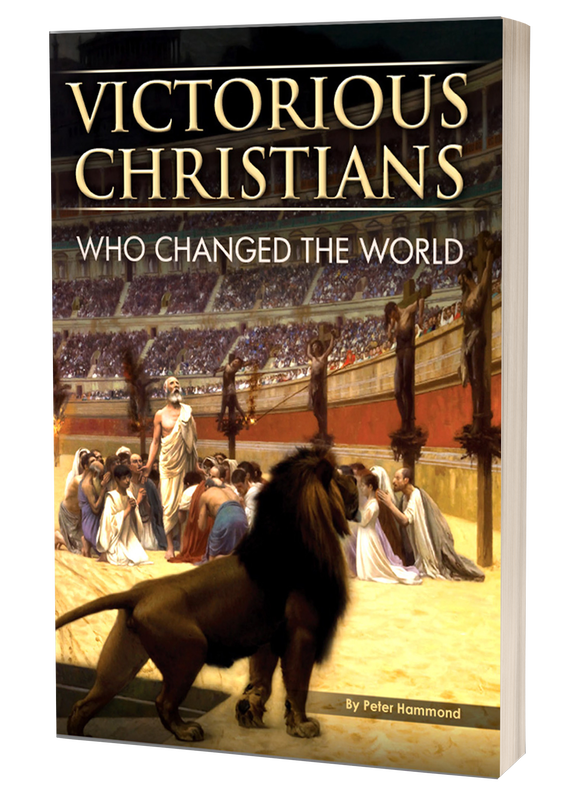
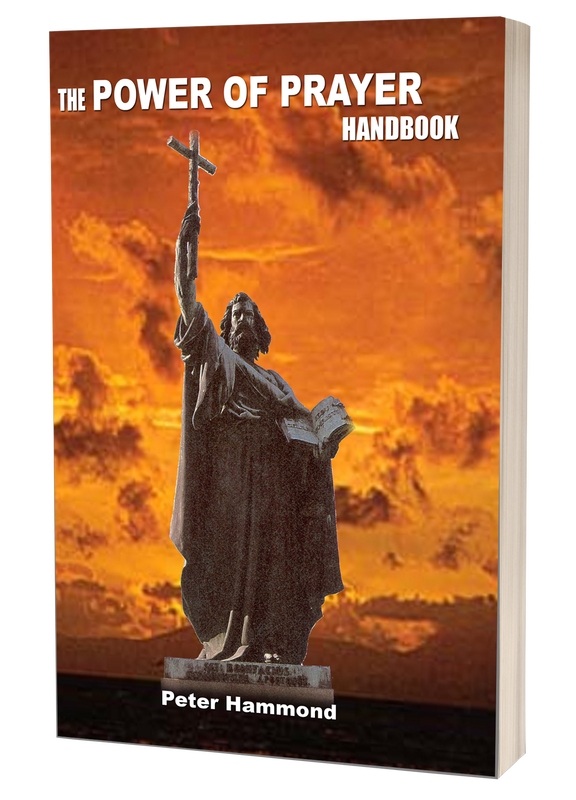
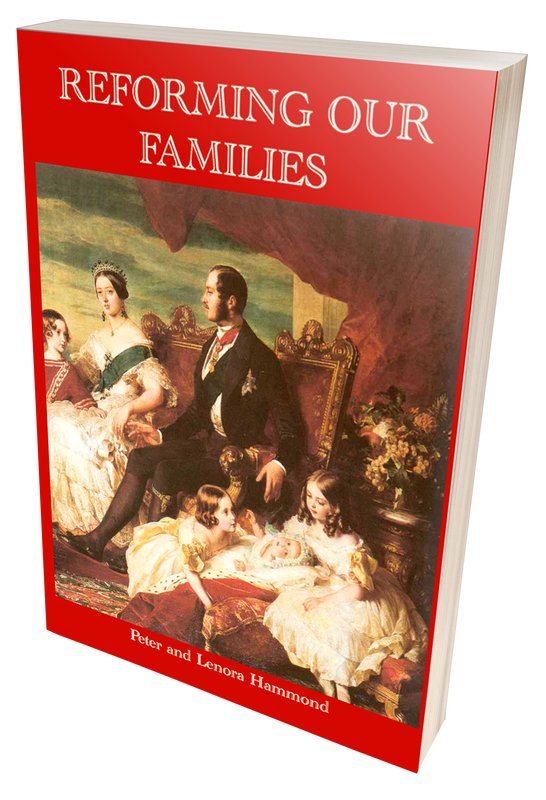
 RSS Feed
RSS Feed
